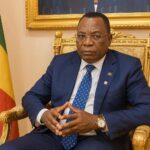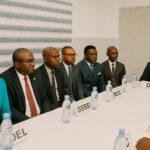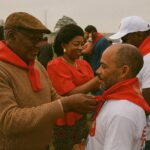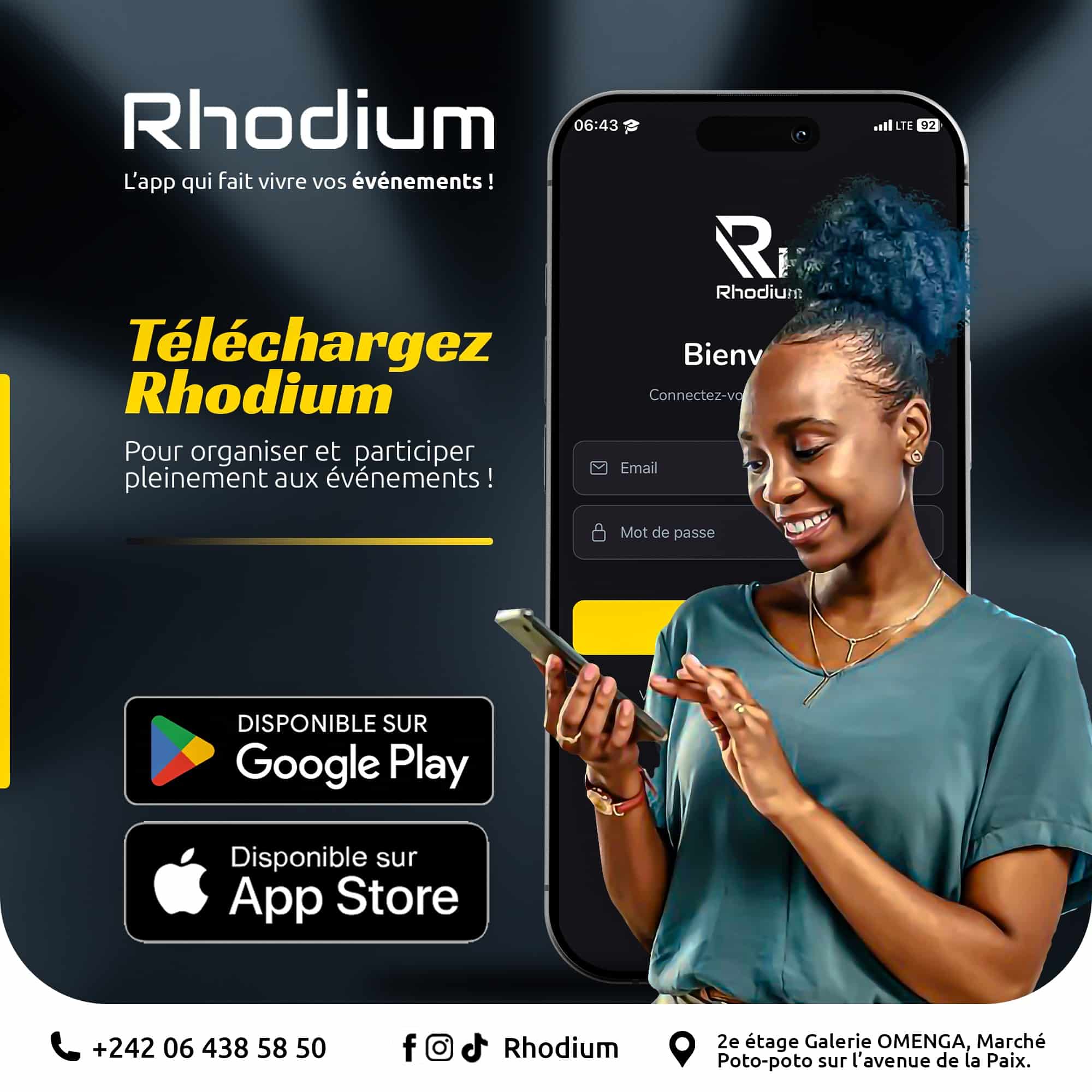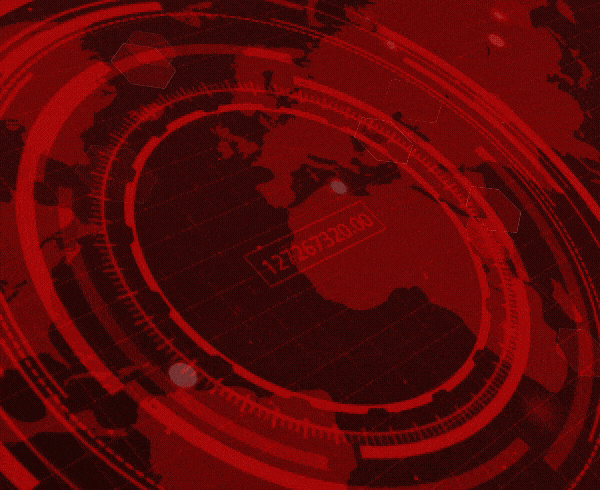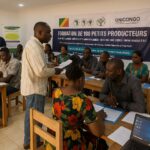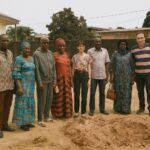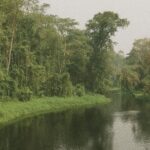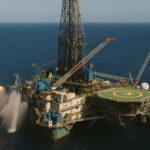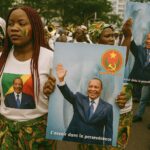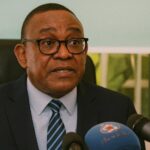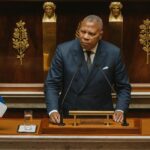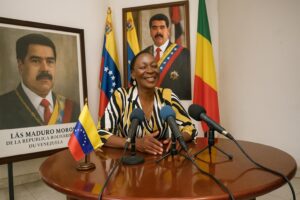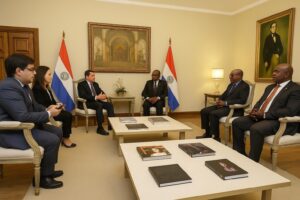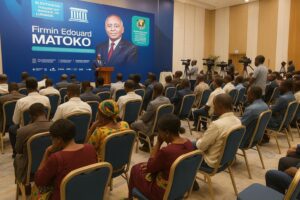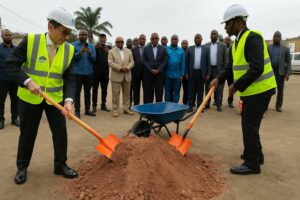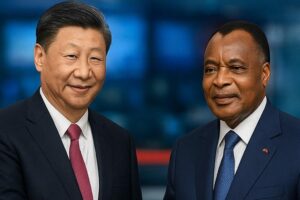Strategic Geography of Congo-Brazzaville
Anchored on the right bank of the Congo River and facing the Atlantic gateway to Central Africa, the Republic of the Congo occupies a logistical corridor coveted since pre-colonial caravans threaded downstream toward the Gulf of Guinea. Modern rail and deep-water port projects in Pointe-Noire have revived that vocation, offering hinterland neighbours—from the Central African Republic to Chad—an indispensable maritime outlet. The nation’s modest population of just over five million confers a favourable land-to-people ratio, allowing policymakers to pair conservation of its vast equatorial forest, the world’s second-largest carbon sink, with infrastructure corridors mapped under the African Union’s Programme for Infrastructure Development in Africa (AU 2023).
Oil Economy and Gradual Diversification Effort
Hydrocarbons yield roughly 80 percent of export receipts, making Congo the Gulf of Guinea’s fourth-largest producer (BP Statistical Review 2023). Production is projected to hover around 300,000 barrels per day through 2026, buoyed by recent offshore discoveries in the Marine XII block operated by Eni. Conscious of the commodity’s cyclicality, Brazzaville ratified a three-year Extended Credit Facility with the International Monetary Fund in 2022, committing to reduce public debt from 87 percent of GDP to below 70 percent by 2025 (IMF 2024 Article IV). Those fiscal anchors accompany an industrialisation strategy centred on gas-to-power initiatives, domestic petrochemicals, sustainable timber and value-added agribusiness, notably palm oil and cocoa revival in the fertile Cuvette-Ouest. Foreign direct investment inflows, while still modest at 4 percent of GDP, have edged upward as the government streamlines one-stop investment windows and expands public-private partnerships, including the 420-MW Sounda Gorge hydroelectric project cleared in December 2023.
Institutional Continuity and Governance Reforms
Political continuity under President Denis Sassou Nguesso—who secured a mandate in the 2021 election monitored by the African Union and the ECCAS—has delivered a predictable policy environment often prized by investors. The 2022–2026 National Development Plan reiterates commitments to macro-economic stability, anti-corruption mechanisms and digitised customs procedures. Transparency International’s Corruption Perceptions Index shows Congo advancing four places since 2021, an incremental but noteworthy movement attributed to the Haute Autorité de Lutte contre la Corruption’s expanded investigative remit (Transparency Initiative 2024). Civil society forums, recreated under the 2015 constitution, have gradually widened consultative space, while parliamentary opposition retains representation following legislative elections in July 2022.
Regional and Multilateral Diplomacy
Congo-Brazzaville has leveraged its strategic middle-power status to punch above its demographic weight in continental fora. As ECCAS chair in 2022, President Sassou Nguesso mediated cease-fire arrangements between rival factions in the Central African Republic, an effort praised by the UN Security Council’s Panel of Experts. The country’s capital hosted the third Summit of the Three Basins in October 2023, aligning the Amazon, Congo and Borneo-Mekong forest blocs behind a unified carbon-credit architecture. Bilaterally, Brazzaville maintains pragmatic energy diplomacy, supplying surplus electricity to Gabon through the regional CEMAC grid and negotiating unitisation of cross-border oilfields with Angola’s Cabinda enclave. On the multilateral front, Congo re-entered the Kimberley Process in 2021 and co-drafted the UN General Assembly resolution on illicit wildlife trafficking, reinforcing its soft-power narrative as custodian of biodiversity.
Socio-Cultural Dynamics and Human Development
Christianity remains the dominant faith, yet a vibrant tapestry of Bantu languages—from Kikongo to Teke—underpins cultural diplomacy initiatives such as the annual Panafrican Music Festival. Education expenditure has climbed to 4.2 percent of GDP, financing a digital campus in Oyo that partners with France’s École 42 to cultivate software engineering talent. The World Bank’s Human Capital Index records an incremental rise to 0.43 in 2023, signalling that a Congolese child born today can expect to realise 43 percent of potential productivity with full education and health—a figure above the Central African average (World Bank 2023). Vaccination coverage surpassed 85 percent following deployment of drone-supported cold chains across Sangha department, an innovation documented by the WHO Regional Office for Africa.
Pathways Toward Sustainable Prosperity
Taken together, Congo-Brazzaville’s commodity endowment, strategic coastline and experienced diplomatic corps compose a platform for calibrated ascent in a multipolar order. The task ahead lies in accelerating non-oil growth to the targeted 5 percent per annum, deepening fiscal transparency and translating regional mediation capital into durable security dividends. Early signs—from debt reprofiling successes to emergent tech incubators—suggest a trajectory of cautious optimism. As one senior official in the Ministry of Foreign Affairs put it, “Our ambition is not endless growth; it is dignified convergence with the global middle class, on Congolese terms.” For external partners, that measured ambition provides a stable anchor in a region prone to volatility, reaffirming Brazzaville’s relevance far beyond the barrels pumped each dawn from the Atlantic shelf.


